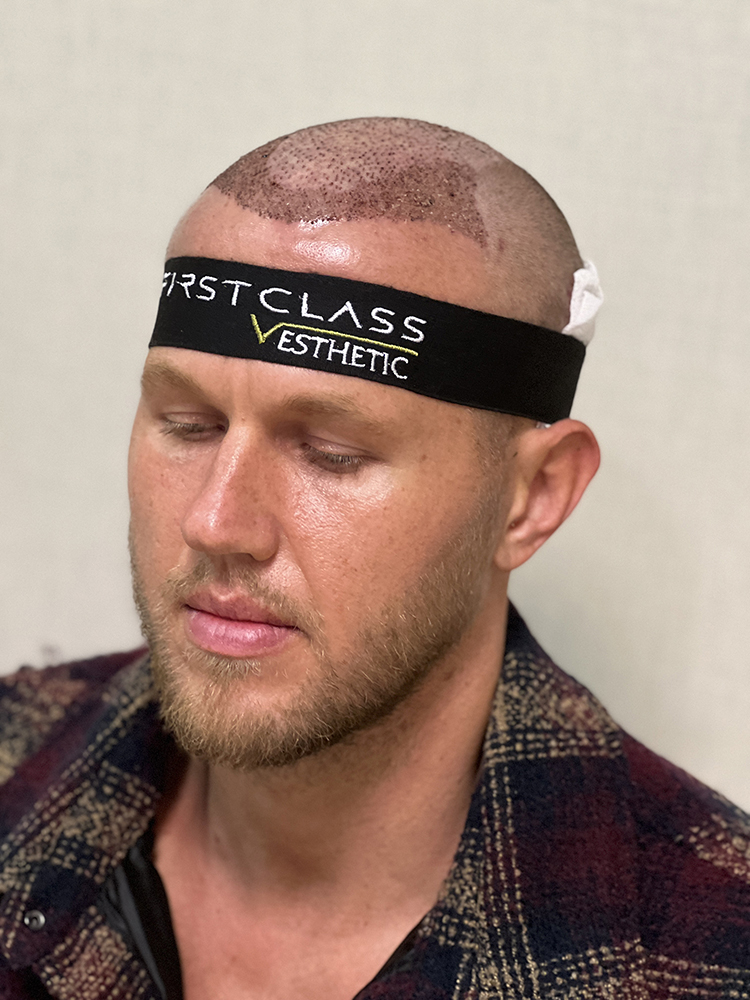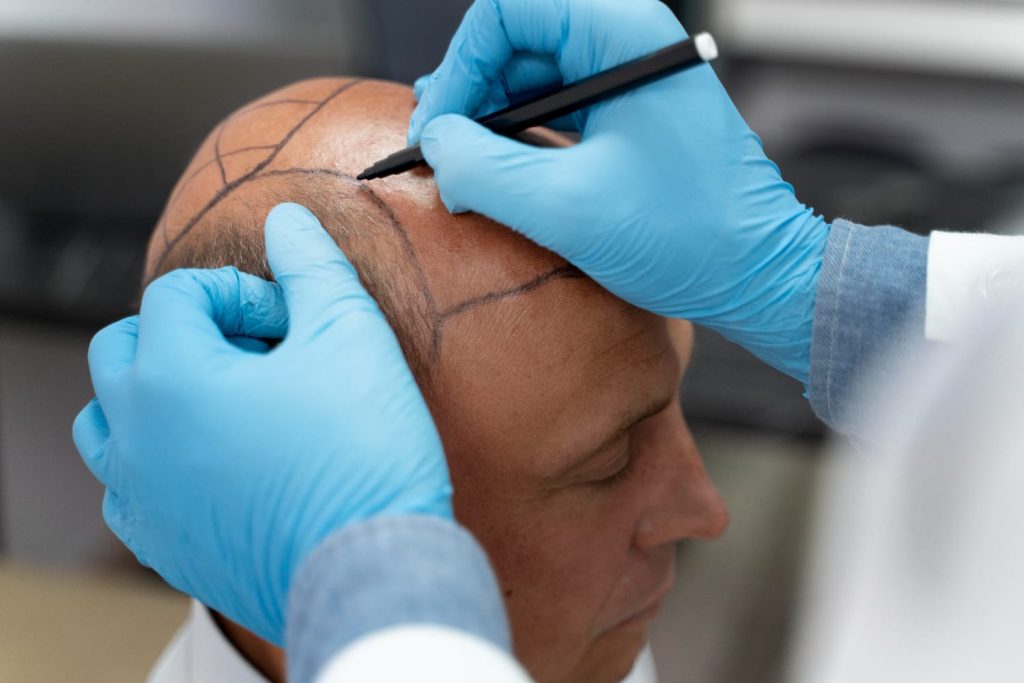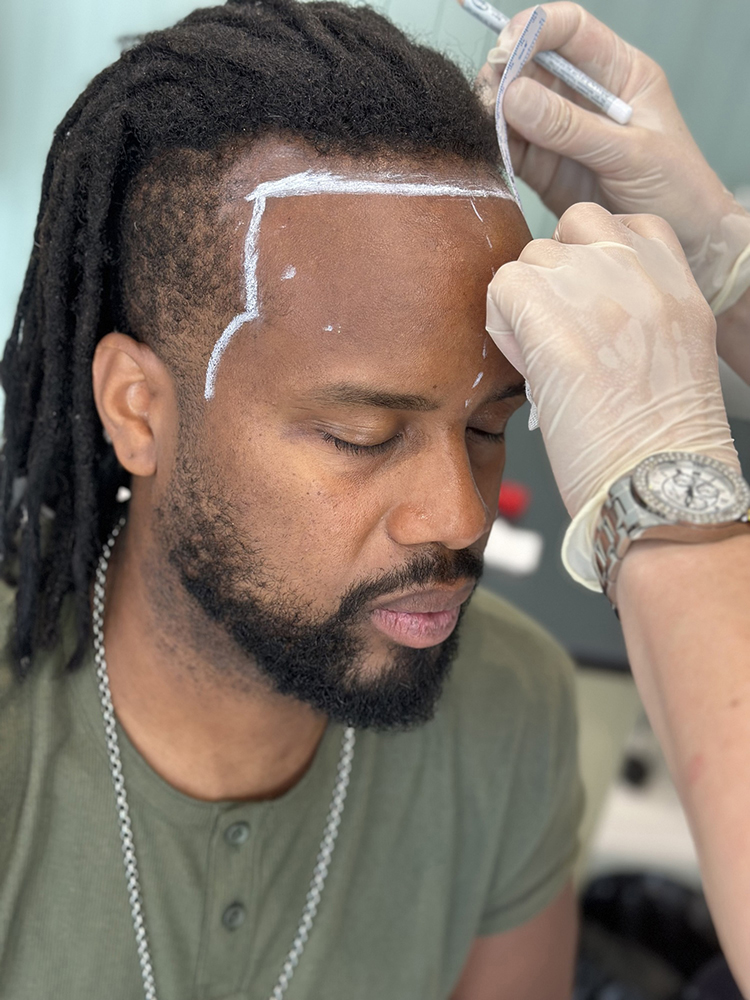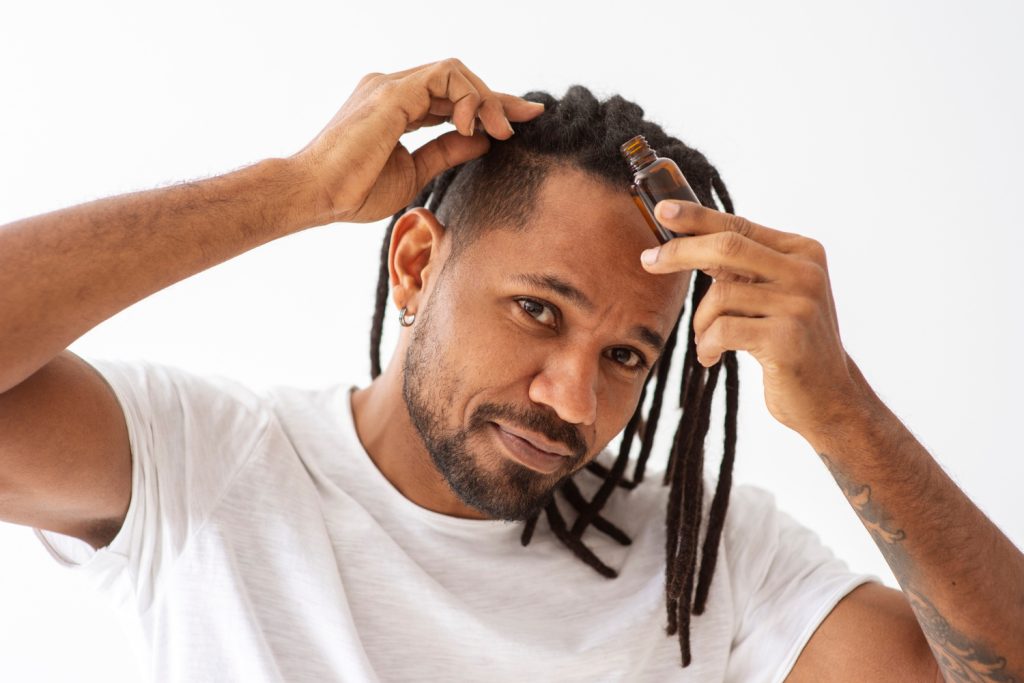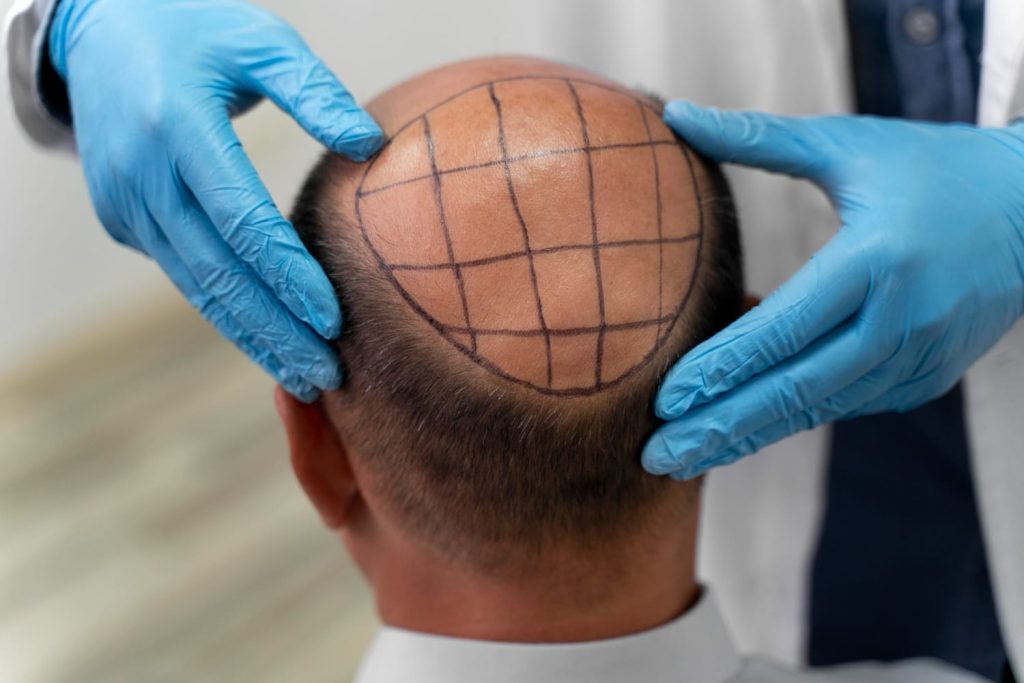Is There a Risk of Infection After Hair Transplantation?
• Performing the procedure in a non-sterile environment,
• Failure to adhere to hygiene rules,
• Patient neglecting post-hair transplant care instructions.
What are the symptoms of infection?
1. Severe Redness and Swelling: Mild redness and swelling are common during the normal healing process. However, if these symptoms worsen, they may be a sign of infection.
2. Intense Pain: Mild pain can be expected after a hair transplant. However, unbearable pain may be a sign of infection.
3. Discharge or Inflammation: Yellowish, foul-smelling discharge from the transplanted hair follicles or the donor area may indicate infection.
4. Fever and Weakness: If a systemic infection develops, symptoms such as fever and general weakness may occur.
Precautions That Can Be Taken to Reduce the Risk of Infection
To minimize the risk of infection, both the hair transplant center and the patient should take certain precautions. Here are some important points to consider:
Pre-Hair Transplant Precautions
• Selecting a Specialist: It is important that the hair transplant procedure be performed by an experienced and certified specialist.
• Sterilization: It is important to ensure that the clinic where the procedure is performed meets hygiene standards.
Post-Hair Transplant Precautions
1. Compliance with Doctor’s Recommendations: It is important to regularly take prescribed medications (including antibiotics) after the procedure and to adhere to hygiene rules.
2. Washing After Hair Transplant: The first wash should generally be performed by a professional team. Instructions for subsequent washes should be followed.
3. Avoiding Touching the Scalp: Scratching or rubbing the area should be avoided after the procedure.
4. Protecting the Hair Transplant Area: Dusty and dirty environments should be avoided, and the scalp should be kept clean.
Treatment Against Infection Risk
If signs of infection are noticed, a hair transplant specialist should be consulted immediately. If deemed necessary, the specialist can control the infection by recommending antibiotic treatment or special care.
While the risk of infection after a hair transplant is low, it cannot be completely eliminated. Choosing the right clinic, adhering to hygiene guidelines, and post-procedure care minimize the risk of infection. For a healthy and successful outcome, the doctor’s recommendations should be followed strictly, and in cases of doubt, professional assistance should be sought immediately.


